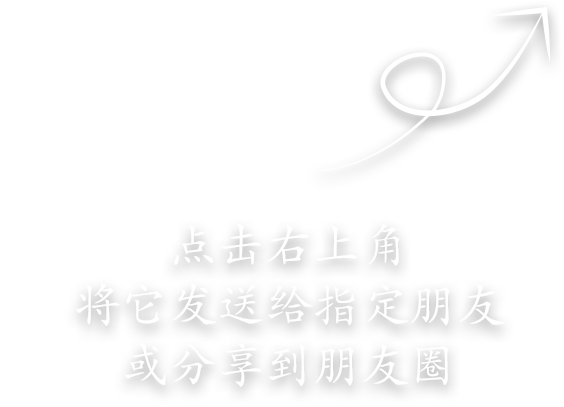When printing at Caihui in Guangzhou, many factors can affect the quality of brochure printing, such as the printing machine, paper, ink, staff, temperature difference, and printing contrast. A good reputation is not as good as being honest. Advanced printing equipment, printing and brushing technicians, raw material color matching and temporary operations, workshop working environment, and the responsibility of operators are all considerations. In summary, excellent printed materials inevitably come from excellent printing enterprises, and enterprise managers determine the fate of the enterprise.
1. Thin paper printing: It is more difficult to print on thinner paper. Paper weighing less than 80G is thin paper, and thinner paper is prone to wrinkling during printing. It is required to speed up the printing machine to pass the plate. When printing, adjust the speed of the printing machine appropriately.
2. Thick paper printing: A weight of over 250 grams is called thick paper, and it is prone to misalignment during printing. The so-called thicker paper should be printed at a slow speed while the large suction machine is also adjusted to the appropriate suction air volume, and adjusted according to the actual situation on site. When printing with thick paper, the loss of the printing machine is relatively large. It is best for operators to track and observe, and provide appropriate treatment according to the specific situation of the production site to avoid unnecessary losses.
3. Printing ink: When the printing machine is running too fast and the ink is not dry, coupled with heavy accumulation of printed materials, it can lead to natural replication, penetration, ghosting, and overprinting of offset ink. Slippery printing can also cause slip printing, and the phenomenon of drag printing is also quite serious. The above problems are common and easy to solve, and can be completely avoided.
4. Printing plate debugging: The operator is quite critical, and should be careful and focused on the operation to ensure the balance of the pushing force of the cardboard in the paper feeding section. The production, assembly, and calibration of the layout are also crucial. The positioning of the layout should meet and meet the requirements of all aspects of the printing plate as much as possible.
5. High definition: Before printing, make sure to prepare everything, such as selecting printing materials, verifying various data of the printing machine, adjusting the ink layer of the ink roller, adjusting the movement pressure of the roller, and adjusting the speed of the printing machine. To synchronize and ensure the quality of printed materials.
6. Color correction: Batch without color difference, printing ink requires pure color, bright and glossy images. However, these issues are also related to the quality of the paper used. High quality paper produces brighter and more glossy images, and the ink contains heavy chemical components. It will produce different chemical reactions in different environments, such as humidity, temperature difference, high pressure, etc.... So it can also lead to abnormal changes in the printed brochure, remember.
7. Printing intensity: To be honest, printing machines should avoid ultra-thick paper printing and full plate printing the most, and it is difficult to control the maximum loss of the printing machine. In reality, when encountering printing materials weighing 350 grams or more, Caihui Printing Factory is not willing to accept orders, and full plate printing is difficult to control. We know that when printing brochures, corrugated cardboard is transferred to the slotting section through the various paper guide rollers and printing rollers of the printing machine, and the cardboard is formed after being pressed by the rollers during the transfer process, The physical properties have undergone varying degrees of changes, which will inevitably affect the strength of the brochure. Therefore, when encountering such printed materials, reliable operational measures must be taken during the operation process to alleviate negative effects and impacts.





